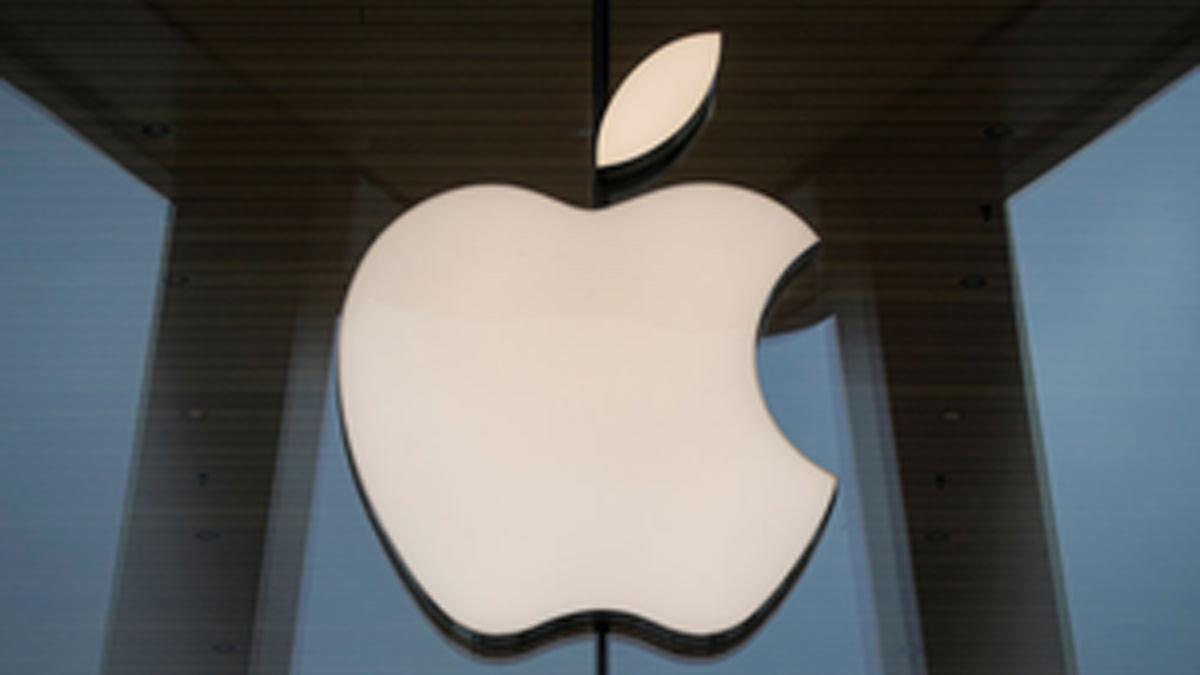For the second consecutive day, Air India cancelled most of its flights to the United States due to concerns expressed by the airlines over the new 5G mobile service rolled out in America by Verizon and AT&T. Air India was among the many international carriers such as Emirates, Nippon Airways, Japan Airlines, Lufthansa, and British Airways, which had announced suspension of flights destined for cities such as San Francisco, New York, and Chicago. There has been a spurt of flight cancellations owing to doubts and fears over 5G technology impacting the critical flight operations such as navigation and communication. Here’s an explainer as to why airlines are wary of 5G technology:
1. The new 5G communication technology offers higher bandwidths and increased connectivity as well as rapid internet speeds. The fifth-generation technology or 5G, operates within the C-band part of the radio spectrum (radio-waves).
2. The problem at hand is that critical flight operations, such as flight navigation as well as checking flight altitude (done through radio altimeters) which play an extremely crucial role especially during poor weather conditions can be interfered with by the 5G networks via cell towers near the airport.
3. The 5G network operates in a set of frequencies, 3.7-3.98 GHz, which constitutes the C-band portion/segment of the radio spectrum. This is also the part of the spectrum that falls near that segment of the radio spectrum which is utilised by Altimieres (4.2-4.4 GHz) crucial for air travel, navigation, measuring altitude over terrain and aviation traffic management.
Also read| Silicon-based quantum devices to herald new chip era
4. “The problem is that wireless signals are not 100 percent confined to the bands of spectrum they're assigned to," said Randall Berry, a professor of electrical engineering at Northwestern University to NBC. He further added that there are concerns about these signals overlapping with those used by airlines and air traffic control systems.
5. American telecom operators have for now agreed to create buffer zones around major airports. Nevertheless, 5G rollout in 40 other countries whose example in terms of spectrum rules can be followed as an example by the United States. France restricts and regulates the power of 5G cell towers and antennas near airports to avoid cases of interference. The European Union has set a standard 3.4-3.8 GHz frequency range for 5G operations.
6. Recently, India’s Department of Technology has notified that 13 cities in India will get 5G services this year. These cities are Delhi, Mumbai, Kolkata, Chennai, Gurugram, Chandigarh, Bangalore, Ahmadabad, Jamnagar, Hyderabad, Pune, Lucknow, and Gandhinagar. The 5G spectrum auction for private players is still pending.
Also read| Instagram testing subscription service for creators to sell content

















